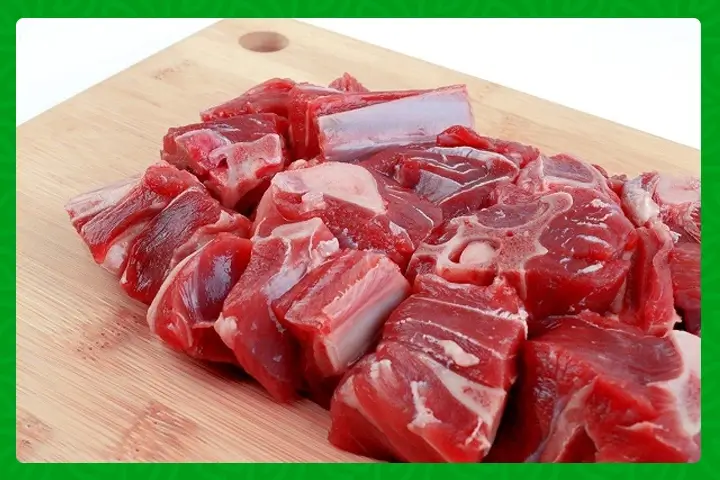
The Kenyan goat meat industry, once a cherished and culturally significant part of Kenyan homes, is facing a severe crisis. Soaring costs have made it increasingly difficult for families to afford this delectable delicacy, leaving both consumers and industry insiders concerned. In this article, we delve into the factors contributing to this crisis and explore the potential solutions on the horizon.
The Rising Costs:
Mohammed Sora, a seasoned goat seller at Kiamaiko Market in Nairobi, has been a witness to the escalating costs plaguing the industry. He attributes this phenomenon to a low supply of goats, a direct consequence of prolonged drought conditions. The devastating effects of these droughts have resulted in significant livestock losses, making it increasingly challenging to find goats for sale locally. To compound the issue, the few remaining goat farmers are opting for the export market, where they can fetch higher prices for their stock.
Sora laments, “Many people lost their goats to famine, and those who still have them prefer the export market because they can sell at once, in bulk. Right now, we are buying one goat for Sh10,000 to Sh14,000, and it’s for resale. This is a sharp increase from Sh5,000 to Sh7,000 a few months ago. The high prices have affected our business.”
International Demand Driving Up Costs:
Ghulam Nabi, a butchery owner in Nairobi, highlights that the demand for Kenyan goat meat is soaring in international markets, including the Middle East, the Democratic Republic of Congo, Sudan, and Egypt. In these markets, goat meat is purchased in dollars, with the exchange rate currently standing at a staggering Sh150. This forces local sellers to compete with exporters and, inevitably, pass on the rising costs to consumers.
Nabi explains, “That’s why goat meat in butcheries now costs Sh850 to Sh900 a kilo. The quantities that customers are accustomed to are becoming increasingly hard to obtain. I have had to buy like 20 goats at once, but most times, they deliver just a fraction of that, sometimes as few as two goats.”
Challenges from Bans and Smaller Markets:
Wallace Wanjohi, an exporter to Dubai, sheds light on another aspect of the shortage. The ban on goats from some North Eastern regions due to Foot and Mouth disease has further strained the supply chain. As a result, exporters are primarily relying on goats from Narok, a smaller market. Yet, it’s a challenge to find many farmers in Narok with over 1,000 goats at once, even when they receive substantial orders.
Wanjohi reveals the discrepancies in prices: “The purchase price from slaughterhouses in Narok stands at Sh460 a kilo, while it is sold in Dubai for Sh933 (US$6.2) a kilo.”
Impacts on Exporters:
The high prices and scarcity of supply have not spared exporters. Doreen Gacheri, founder of Moissanite, a company that exports meat to Gulf countries, expresses the difficulties faced by exporters. Just a year ago, they purchased goat meat for Sh450 per kilo, but the current price has surged to Sh680 per kilo, directly impacting their export business. In response, they have adjusted their export prices to US$6.5 per kilo (Sh980) to remain competitive in the export market.
A Glimmer of Hope:
Amidst this crisis, there’s a glimmer of hope on the horizon with the arrival of the current rains. Moses Mbugua, the owner of a butchery in Nairobi’s Pipeline, noted that not too long ago, he could purchase goat meat for Sh560 a kilo, but the prices have since escalated.
The Kenyan goat meat sector is facing a crisis as costs continue to soar, making it a luxury that many Kenyan families can no longer afford. Drought conditions, international demand, bans on some regions, and smaller markets have all contributed to this dire situation. While the situation is challenging, the recent rains offer a glimmer of hope for the industry’s recovery. Only time will tell if this beloved delicacy can return to its rightful place in Kenyan homes.


















